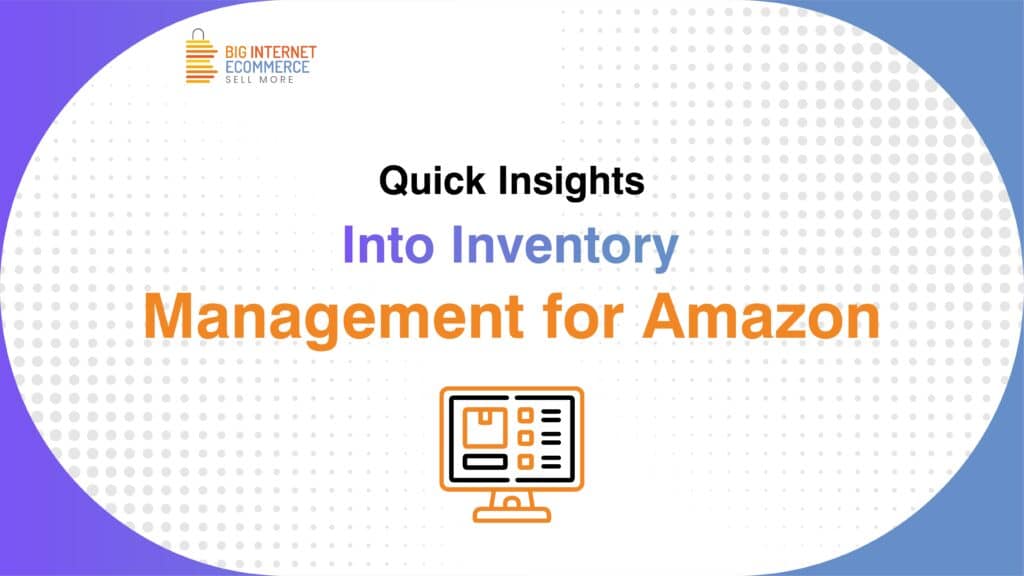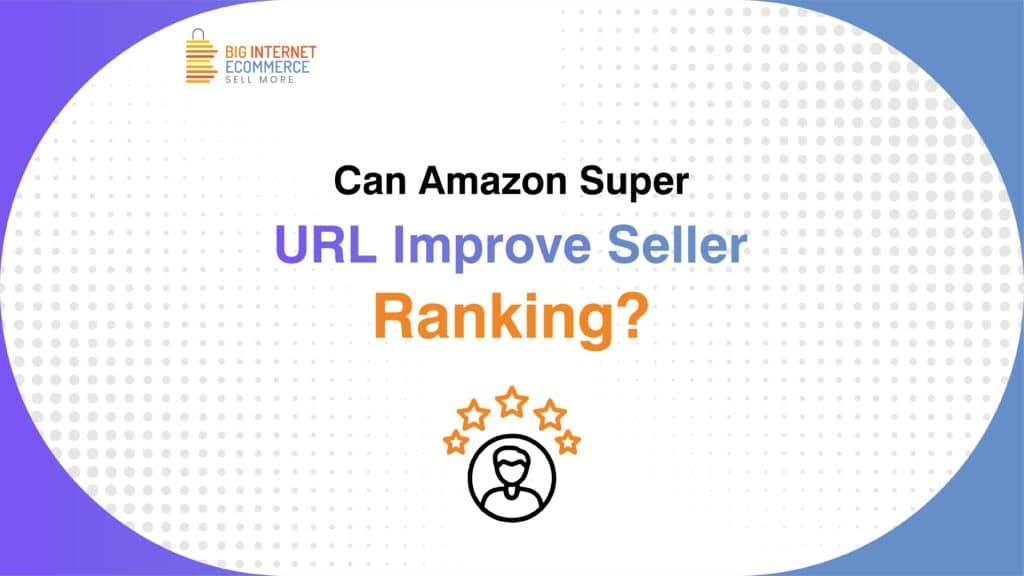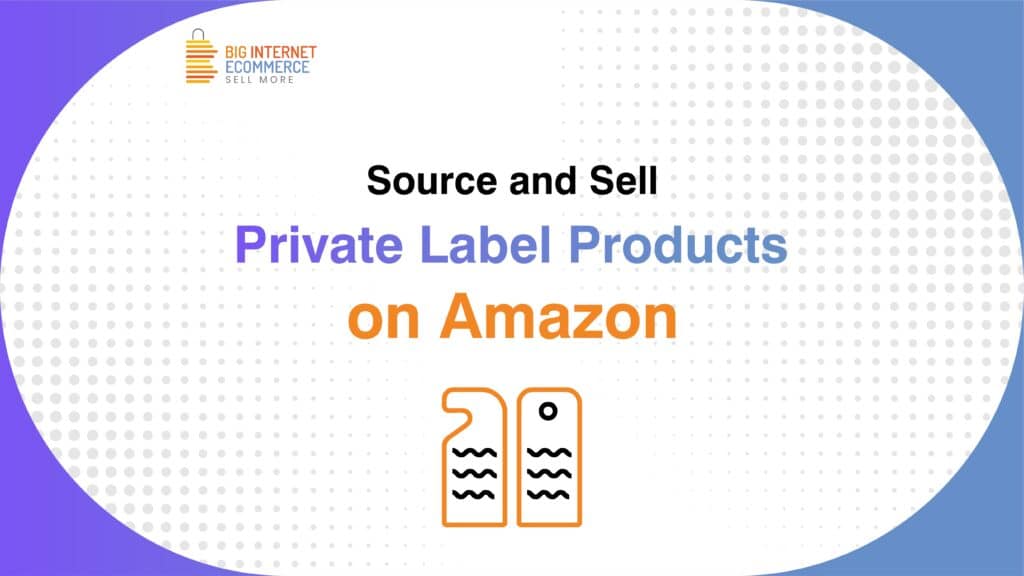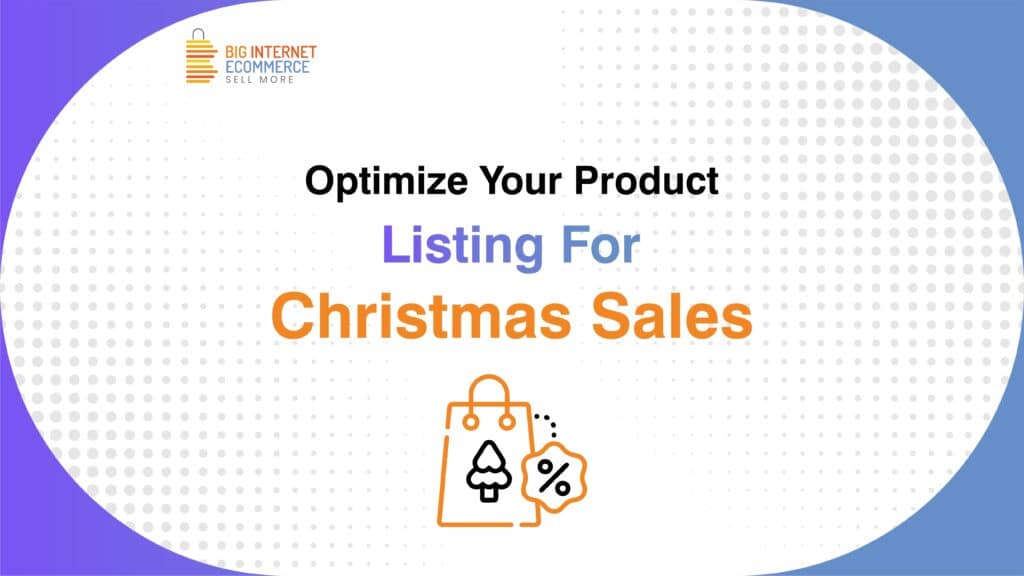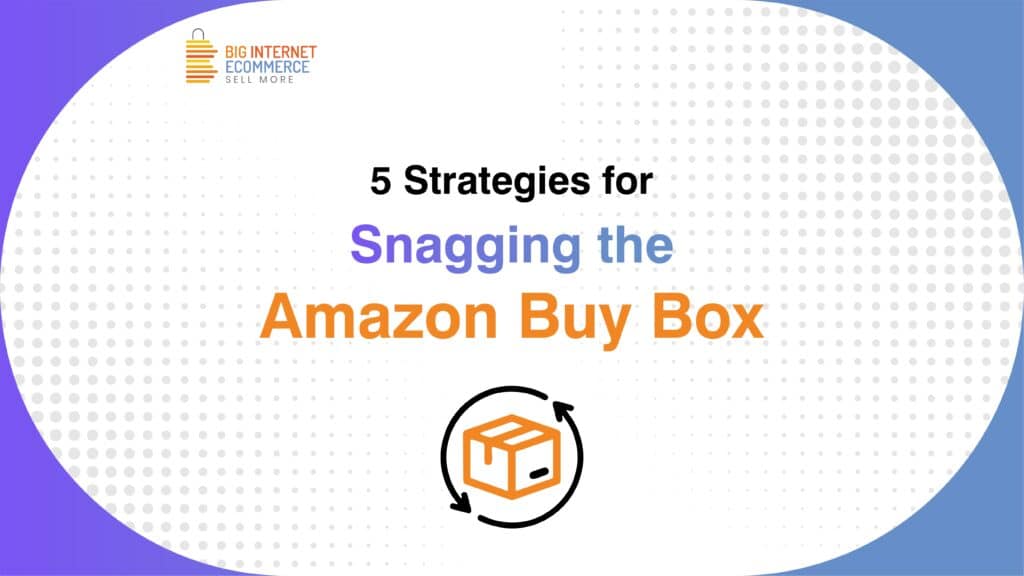Sourcing Products to Sell Wholesale on Amazon: 2020 Guide For Selling Wholesale on Amazon
You would be surprised to know that the number of third-party sellers on Amazon exceeds the 2 million mark. It is through these sellers, that a consumer can order a variety of different products on the Amazon platform, oceans away. Among the sellers on the Amazon platform, around 26% of them use the wholesale sales model. Wholesale basically refers to buying branded products in bulk from a different manufacturer, distributor, or supplier and then reselling them to the consumers. Selling products brought in bulk on Amazon may seem like a lucrative opportunity. However, there are a few concepts and processes involved in following such a sales model that need to be understood first. In this article, you will learn how to implement a wholesale sales model on Amazon. How is wholesale different from the other sales models supported by Amazon? When you hear the word wholesale, you might think it is similar to the other types of sales models on Amazon. This is so not so as there are huge differences in each type of sales model supported by Amazon. Arbitrage is a sales model wherein products are purchased at a discounted rate from certain retail or online sites and then resold on Amazon. The similarity of this sales model with wholesale is that both of them involve the purchase of branded products. There are two types of arbitrage, retail arbitrage and online arbitrage. In retail arbitrage, sellers look for retail or outlet stores and look to make a profit by reselling the liquidations, clearance stock, and reduced stock. However, in online arbitrage, the products for reselling on Amazon are obtained from online sources. In online arbitrage, you can generally buy the products in bulk. The private label sellers have their own individual brands that they market and sell on Amazon under their own brand names. However, wholesale sellers purchase existing products from different brands. Private label selling involves building a brand from scratch and that is not the case when it comes to wholesale. Also, private label sellers do not want or would not allow any wholesalers to buy their products and resell them on Amazon. Dropshippers are third-party sellers who sell products that they do not own on Amazon. Dropshipping is not limited to product acquisition but also involves product fulfilment. In dropshipping, the buyer gives you the order and the order is processed by you on behalf of the supplier. The product will then be packed and shipped to the buyer by the supplier. The main difference between dropshipping and wholesale lies in the way the product inventory is handled. Since products are bought in bulk when it comes to wholesale, product inventory plays a major role. However, this is not the case with drop shipping. Reasons to sell wholesale Here are a few reasons why Amazon wholesale is popular and opted for by several sellers online. The products from existing brands can be sold through this method. This takes away the burden of marketing and advertising the products that you are selling online. In the case of wholesale, you would not have to go through the laborious process of manufacturing a product and shipping it to the customer. It is much more profitable to sell products as a wholesaler on Amazon. This claim is supported by a report which suggests that wholesalers on Amazon took under three months to turn a profit and private label sellers took about six months for the same. It takes minimum time to get your business up and running when it comes to Amazon wholesale. With not having to bother about brand identity and marketing, you can dedicate your time to growing the business and building a team. However, in order to sell on Amazon as a wholesaler, you would need brand approval. Basics of Amazon wholesale There are several steps involved in wholesale selling on Amazon. There are certain business setup practices entailed by Amazon that need to be followed, if one wishes to sell wholesale on Amazon. If you wish to adopt wholesale selling on Amazon, you will need an LLC and sales certificate. This is required when you are purchasing products from distributors for wholesale on Amazon. This can be in the form of a tax-exempt form or a business form as well and this depends entirely on the existing rules and requirements for reselling on Amazon in your country. Before commencing your journey as a wholesale seller on Amazon, you need to check the license requirements for wholesale selling on Amazon in your country. Once you have these legalities in place, you can proceed to the next steps. The main steps that are involved in Amazon wholesale selling include the following: Seller account setup Selecting the product you wish to sell Product sourcing Bundle, optimized listing creation, PPC Launch and promote the selected product Management and development of your business Finding a suitable product to sell on Amazon When you select a product for wholesale selling on Amazon, the first thing to make sure of is that the product is not already selling under a private label seller or Amazon. Generally, the products under Amazon’s brand are already at a competitive price and as a wholesaler, you cannot compete with the same. Also, many of the private label sellers will not allow the wholesalers to place offers on product listings that are similar to theirs. While picking a suitable product, try looking for well-established brands. Such successful brands would speed up the success of your business as a wholesaler on Amazon. You also need to check the demand for the product prior to making the selection. Amazon has many products that fall under various categories. We recommend you pick products that fall under the following categories. Arts, crafts, and sewing Books Baby Electronics Home and Kitchen Home and Garden Home Improvement Kitchen and Dining Music Instruments Office Products Pet Supplies Patio, Lawn, and Garden Sports and Outdoors Toys and Games Video Games Ensure that the BSR




